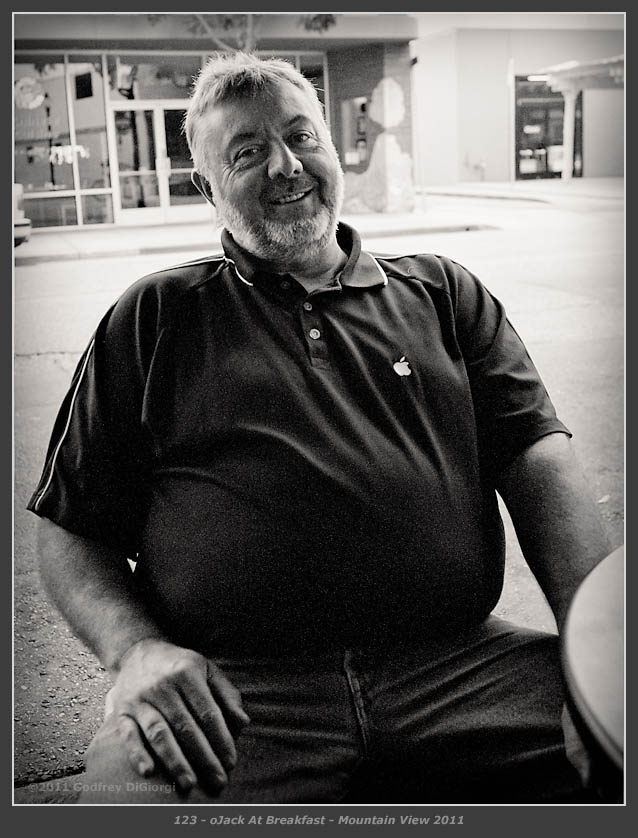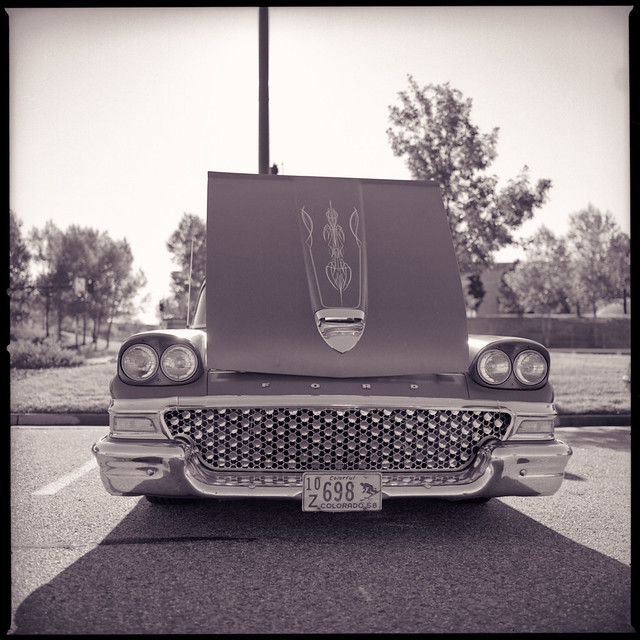Godfrey
Well-known member
My first roll of film in the M4-2 determined that the camera was working well but the rangefinder needs a calibration adjustment. That didn't stop me from pushing a second roll of XP2 Super through the camera ... I decided to fit the Skopar 35mm f/2.5 lens and work stopped down to f/5.6-f/8 to accommodate the rangefinder's miscalibration.
I found the local Walgreens has a clean C41 processing machine ... Woo hoo! That's a 5 minute walk from my desk rather than a forty minute round trip drive to the camera shop, and a dollar less on negs only processing. And they cut them more accurately than the camera shop too.
The negs ran quickly through my scanner yesterday. More and better results this time .. I'm relearning my exposure technique for film ... and it also pointed out that I need to relearn how to scan for best data with the latest version of Vuescan. So instead of processing a few photos to post, last night I stayed up to the wee hours testing different settings on the scanner. Now I have what I think is a much better scanning config so I'll rescan the batch tonight to test it.
This is fun.
I found the local Walgreens has a clean C41 processing machine ... Woo hoo! That's a 5 minute walk from my desk rather than a forty minute round trip drive to the camera shop, and a dollar less on negs only processing. And they cut them more accurately than the camera shop too.
The negs ran quickly through my scanner yesterday. More and better results this time .. I'm relearning my exposure technique for film ... and it also pointed out that I need to relearn how to scan for best data with the latest version of Vuescan. So instead of processing a few photos to post, last night I stayed up to the wee hours testing different settings on the scanner. Now I have what I think is a much better scanning config so I'll rescan the batch tonight to test it.
This is fun.


